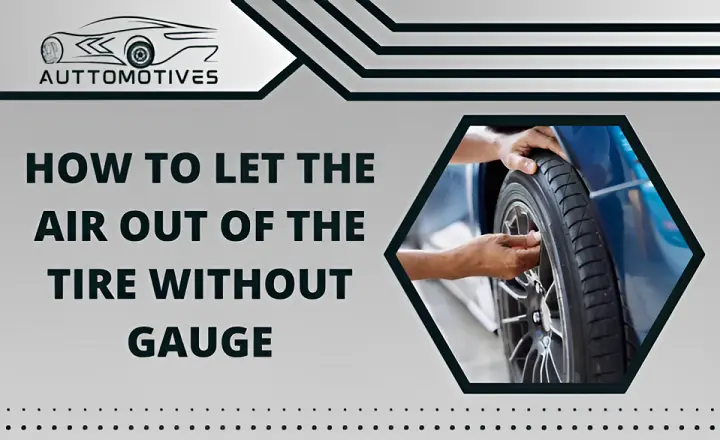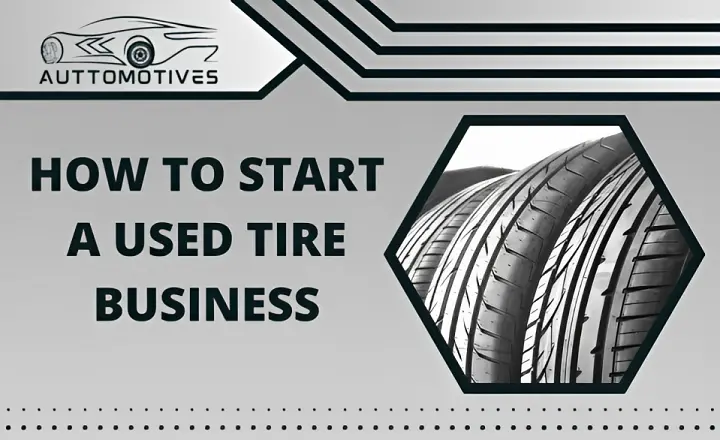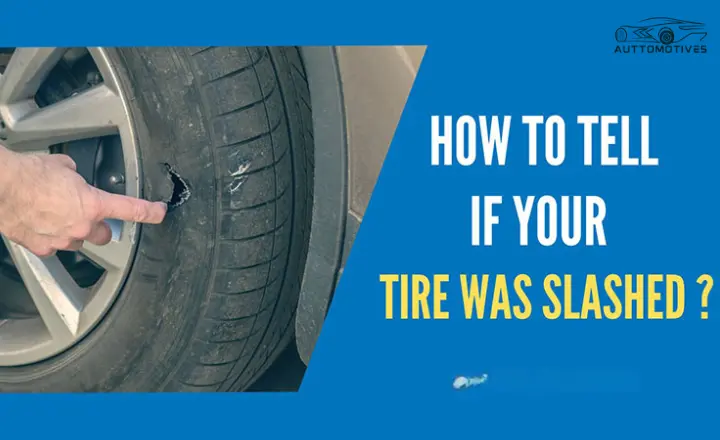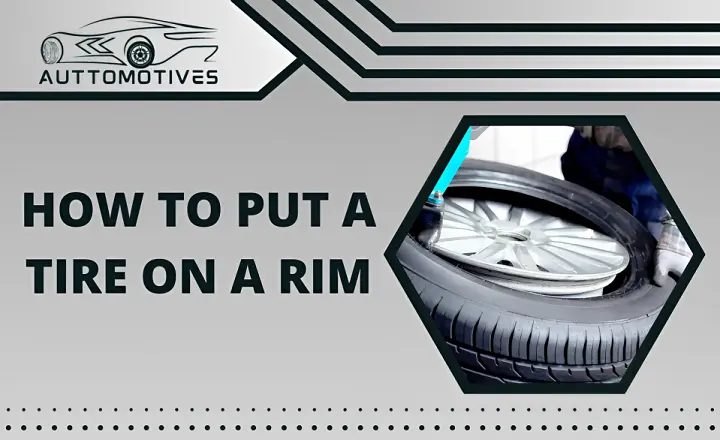How to Let Air Out of Tire without Gauge | Easiest Steps to Follow
When it comes to deflating a tire, having a gauge on hand can be incredibly helpful. What happens if you find yourself without this essential tool? Perhaps you’re out on the road and notice that one of your tires needs some air taken out to improve traction, or maybe you simply don’t have easy access to a gauge. Don’t worry, we’re here with simple steps that will guide you through how to let air out of tire without gauge. These methods are easy enough for anyone to follow, from household items to estimating pressure by hand.
How To Let Air Out Of Tire without Gauge

Lift Your Car
If you don’t have any tools, in this situation lifting your car can help release air from the tire without causing any damage.
First of all, find a safe and stable area where you can work on your car. Make sure that the ground is flat and free from any debris or obstacles. Locate the jack points of your vehicle and position the jack accordingly. Slowly lift the car until the wheel that needs deflation is off the ground.
Once you’ve lifted your car, remove the valve cap from the tire’s valve stem. Using a small screwdriver or similar tool, press down on the valve stem pin to release air from inside the tire.
Find The Valve Stem
Look for the valve stem cap, which is usually small and black or silver and located on the outer edge of the wheel.
If you can’t find the cap, look for a protruding metal stem on your wheel that has a pin in its center. This is likely your valve stem. If it’s still too difficult to spot, try checking behind the spokes of your wheel as this could be another location for it.
Removing Cap Covering The Valve Stem
The valve stem is responsible for controlling the flow of air in and out of the tire. Simply unscrew or pull off the cap covering the valve stem to release air from your tire. Once it’s removed, press down on the center pin with any pointed object such as a pen or screwdriver.
To avoid losing your cap, always keep it in a safe place while letting air out of your tires.
Be sure not to overinflate or underinflate your tires as this can affect their performance and safety on the road.
Extracting The Metal Pin
Extracting the metal pin from your tire is an easy process that you can do on your own. Here are some tips for extracting the metal pin from your tire without using a gauge:
- Locate the metal pin in the center of the valve stem. This is where you will need to insert a small object to release the air.
- Using pliers or tweezers, carefully pull out the metal pin from its housing in the center of the valve stem.
- If you don’t have any tools on hand, don’t worry! You can also use a paper clip or other thin object to push in and hold down on the trim tab located inside of valve stem housing.
Screw The Metal Pin Back Into The Original Location
Locate the metal pin that sits at the center of your tire valve stem. Use pliers or similar tools to unscrew it carefully. When removed, you’ll hear a hissing sound as the air escapes from your tire.
Now, Screw the metal pin back into place by turning it clockwise until it is secure. This will stop any further loss of air from your tire.
To release more air if necessary, press down on the pinhead with an object such as a pen cap or small screwdriver. This will depress the spring-loaded mechanism and allow more air out of your tire.
Using Tire Pump
After removing the valve cap from the tire, press down on the valve stem with your thumb to release any excess air. Then, attach the nozzle of your tire pump to the valve stem and begin pumping. While pumping, periodically check the firmness of your tire by pressing down on it with your hand.
As you continue to pump, carefully listen for any hissing sounds which indicate that air is being released from the tire. Keep pumping until you’ve reached your desired pressure level or until all of the air has been released from the tire.
Pulling Out The Tire Pump
The tire of the car can be deflated by removing the tire pump. It’s important not to over-inflate your tires as this can cause damage and dangerous situations on the road. Just like if a car is popped by someone.
Press The Valve Head Down
To let the air out of your tires, locate the valve stem on your tire and remove the valve cap. Use something small like a pen or screwdriver to press down on the valve head. This will release air from your tire. While doing this, keep your ears on sounds that indicate that air is escaping from your tire.
To ensure that you let out just enough air, stop pressing down on the valve head every few seconds and check your tire’s pressure by feeling it with your hand. It should be slightly softer than before but not completely deflated. Repeat these steps until you have reached the desired pressure level for your vehicle’s tires.
Conclusion
Learning How to Let Air Out of Tire without Gauge is easy by following these simple steps. Remember to use caution when removing the valve stem cap and to take your time releasing the air in small increments. By following the above-mentioned steps, you can safely and accurately let the air out of your tire without any additional tools.
It’s important to remember that regularly checking your tire pressure with a gauge is still crucial for maintaining optimal performance and safety while driving. So next time you find yourself in a situation where you need to deflate your tire without a gauge, don’t lose nerves just follow these easy steps and get back on the road with confidence. Safe travels!
FAQs
What is the right amount of air to put in the tires?
This depends on the vehicle’s make and model, and the tire type it has. Most vehicles come with a sign or marker that tells you how much air to put in the tires.
How do you manually air down tires?
For this, you can use a compressor, or a tire pressure gauge and release the pressure gradually until the tire is at the desired PSI.
How do tires naturally lose air?
When you drive, the air inside your tires is constantly being compressed and then released. This cycling of air creates a vacuum, which pulls air out of the tire. Over time, the amount of air in the tire will decrease until it’s too low and the tire will need to be replaced.







